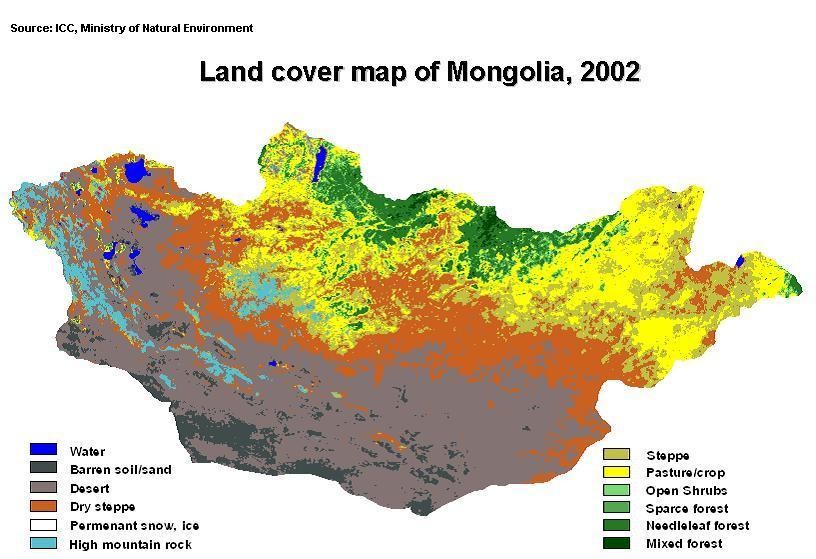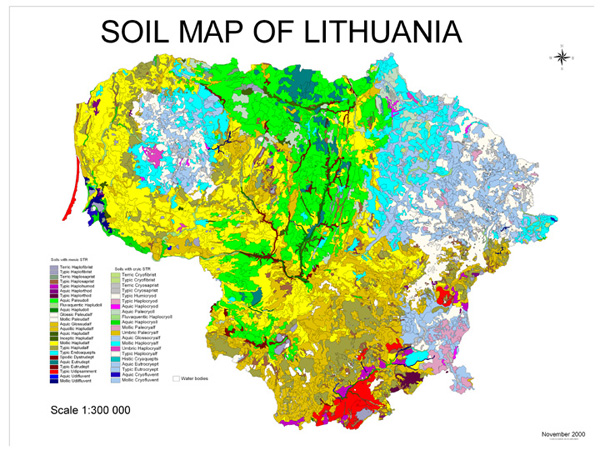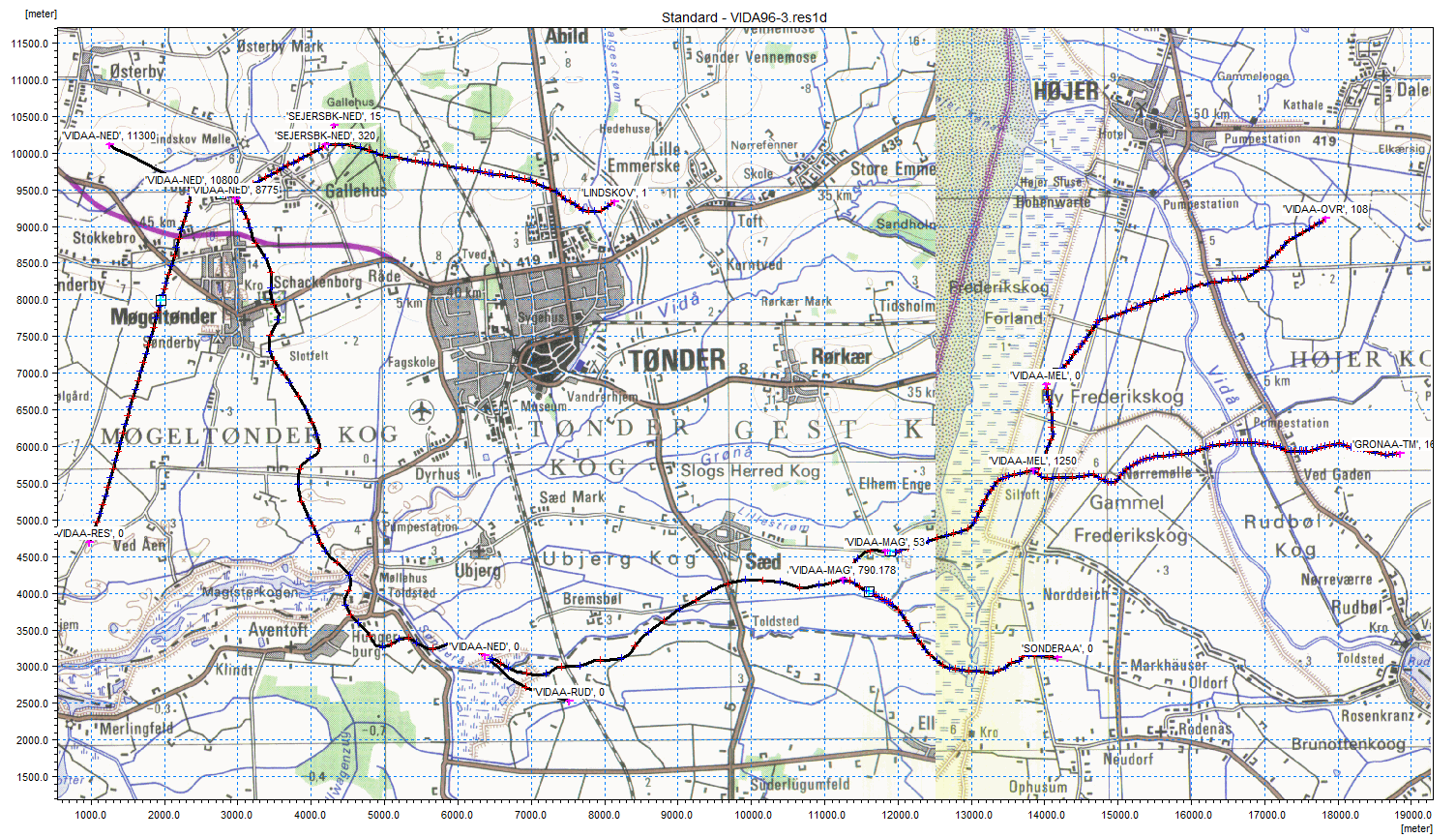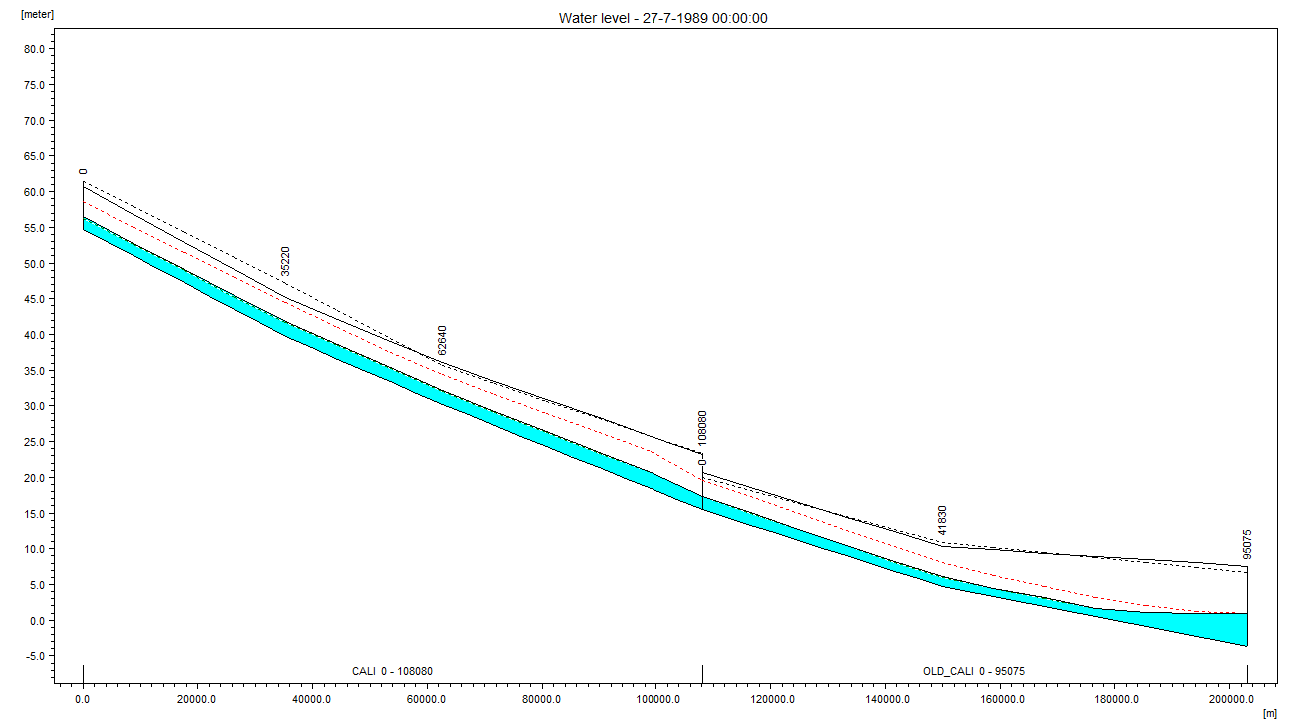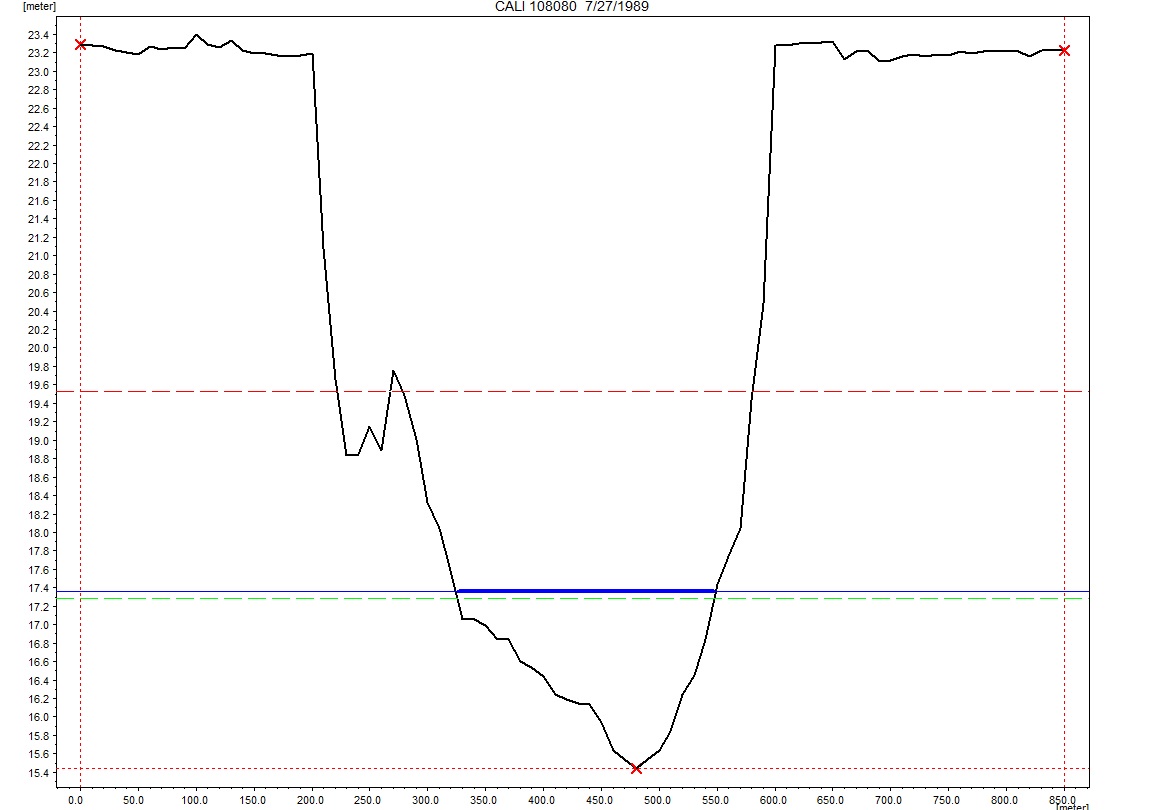Introduction
MIKE 11, first released in XXX, is a model that simulates water flows levels, water quality, and sediment
transport in rivers, flood plains, irrigation canals, and reservoirs. MIKE 11 includes components for
rainfall-runoff modeling, hydrodynamic modeling, hydraulic structure operations, and sediment transport and
water quality modeling, with calculations conducted under unsteady or quasi steady state. MIKE 11 can be used
for a wide variety of applications, including real-time flood forecasting, flood studies, dam break analysis,
optimization of reservoir/canal operations, and sediment transport, water quality and ecological modeling.
Although applications are of multidimensional nature, the software's solutions involve one-dimensional
calculations.
Key features of the MIKE 11 model include a Graphical User Interface (GUI), result reporting tools, GIS
capabilities, auto calibration, and control structure operations. The software is open MI complaint and is
linkable to other MIKE modules.


